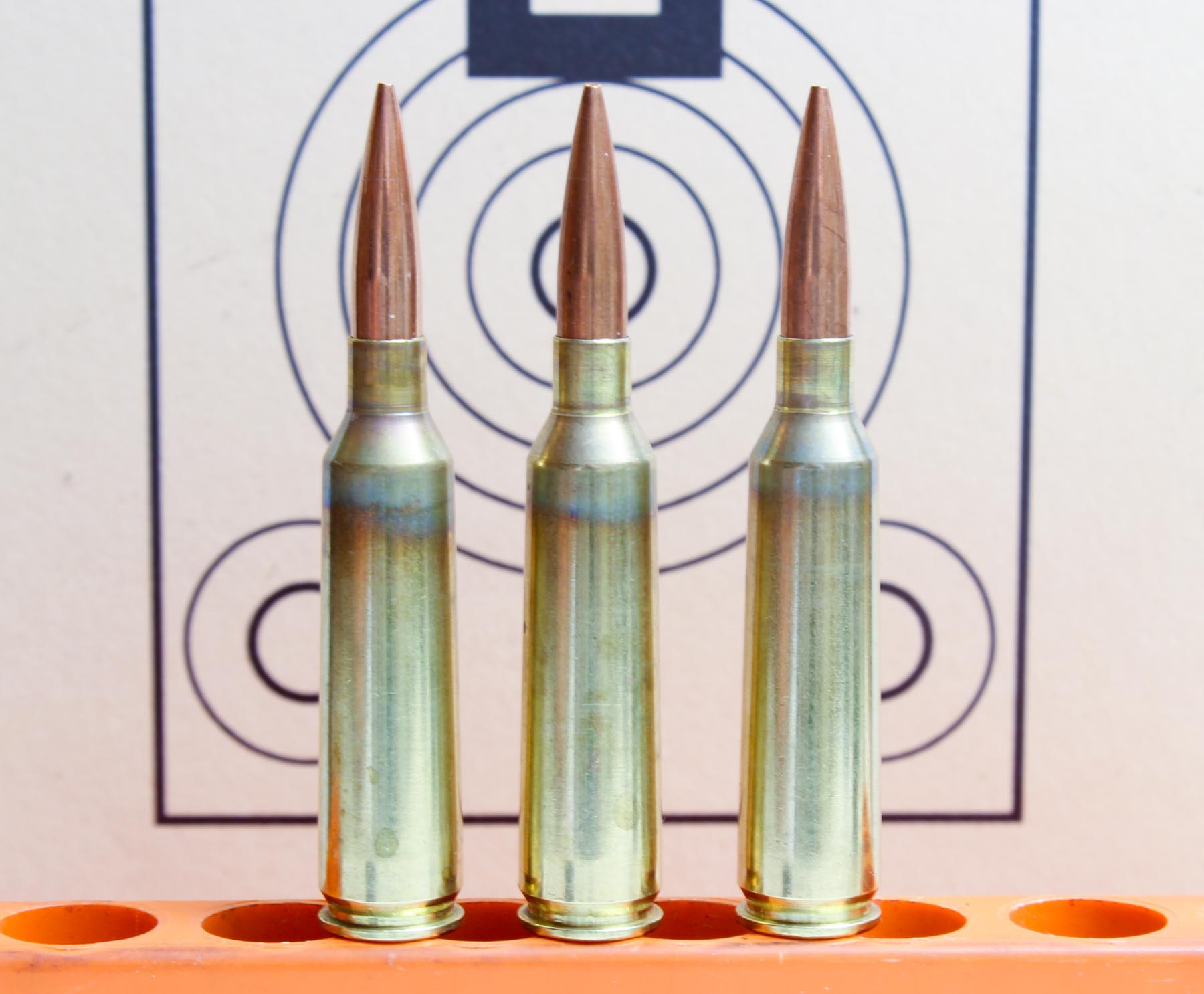Developing the best handloaded ammunition for your rifle is not rocket science and this guide to the basics will ensure you can do it efficiently and safely.
There are a few simple safety rules you need to follow. You do not need huge amounts of equipment but there are basic requirements.

Buy at least two reloading manuals and read them thoroughly until you understand the processes to be carried out.
When in doubt, ask. Someone will know the answer to your question. Initially, this applies to the purchase of dies, powder, primers (if you can find any) and projectiles.
For your particular cartridge, note the limitations in the manual about case length and cartridge overall length. If you exceed either one it is highly likely your manufactured cartridge won’t fit in either the magazine or the rifle’s chamber.
All cases should be inspected to ensure that case mouths are perfectly round. Cases purchased in bulk almost invariably have necks that are out of round and would make loading them difficult. Lubricate them and run them through the de-capping and sizing die to bring them back into a round situation.
Start with a powder load and a projectile weight that is in the middle of both ranges. You can worry about the extremes later.
If a starting powder load is not mentioned, note the maximum powder load, reduce it by four grains and commence loading at the lower weight. Load three cases with this powder charge and place them in an envelope with all of the details on the outside.
Increase the powder weight by a grain for the next three cases and repeat the process until the maximum is reached.
Do not exceed the maximum charge given in a reputable reloading manual. There is a lot of information on the internet that’s just plain dangerous.

Read the die instructions and how to set them up correctly. There are some measuring tools that you must have, starting with a caliper capable of measuring both case length and overall cartridge length.
Do not become obsessed with the muzzle velocity of your new cartridge.
Do not get distracted by outside influences on the reloading bench. It’s not a race. Be very specific with each process.
Weigh each powder charge carefully.
As soon as you charge an individual case with powder, complete the process by inserting the projectile with the seating die.

Having finished the process, it is time to go to the range and fire your new cartridges. Remember to wear safety glasses.
For all reloading, you should have a chronograph. It’s a double safety factor: not only will it tell you the speed of your new cartridges but it will also show if the speed is excessive.
At the range, you should foul the barrel with at least a single shot before attempting to fire a group.
Starting with cartridges of the lowest powder charge, fire the three shots at a comfortable pace, noting the velocity of each one. Take your time.
At the end of the process, it will be obvious that one of the three groups is better than the others in terms of both velocity and, more importantly, accuracy.
We will continue to tune this group at a later date.

0 Comments